Centuries-old Confucius temple in Hue awaits restoration
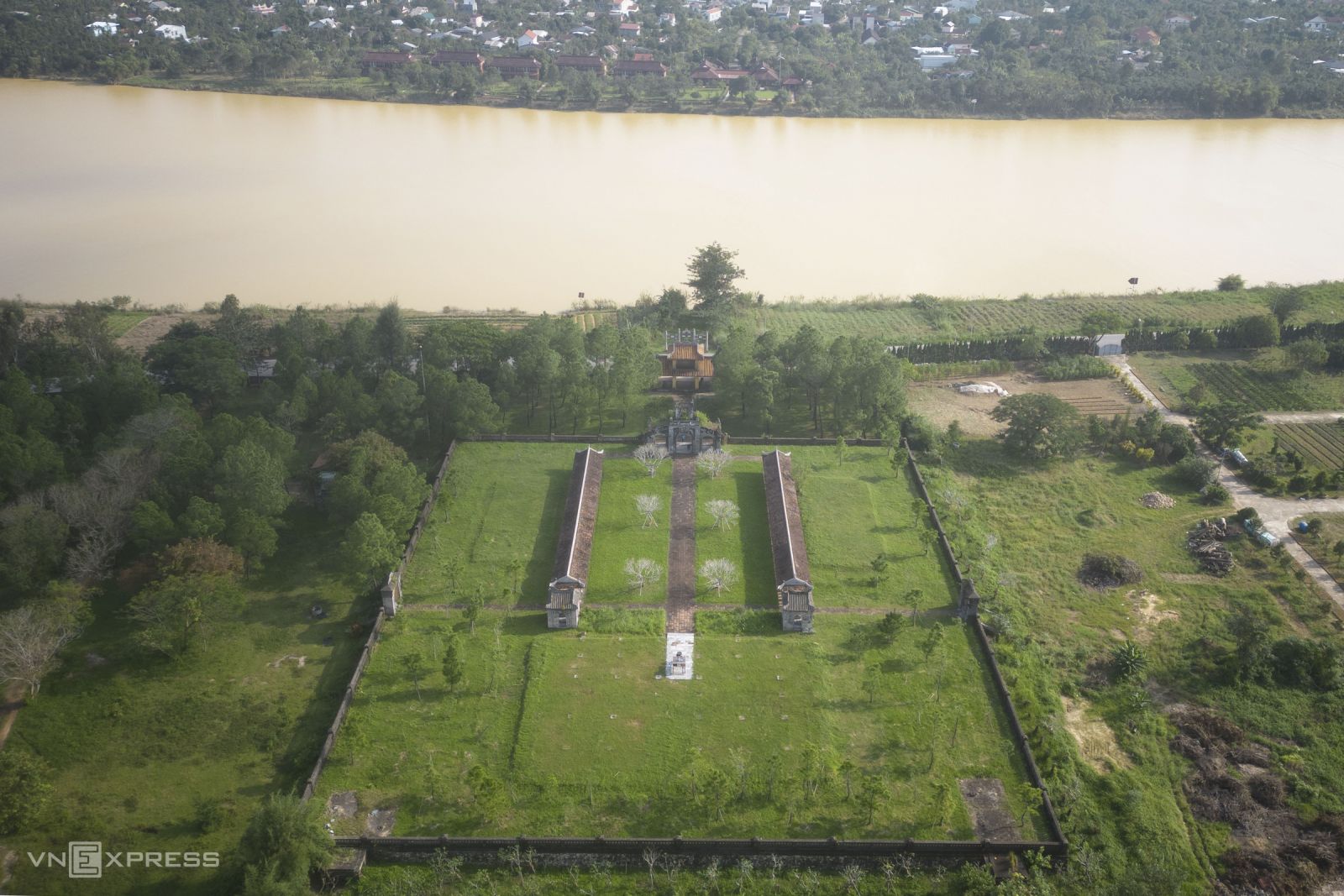
Lying on the bank of Huong (Perfume) River in Hue, the Temple of Literature was constructed in 1808 under the reign of King Gia Long, the first of the Nguyen Dynasty, to worship Confucius, a Chinese philosopher and politician of the Spring and Autumn period who is traditionally considered the paragon of Chinese sages.
Confucius's teachings and philosophy underpin East Asian culture and society, remaining influential across China and East Asia to this day.
Inside the relic, the Nguyen court erected stone steles engraved with the names and hometowns of nearly 300 doctors.

All main structures within the Temple of Literature were erected on a square surface of 160 meters long on each side and enclosed by a surrounding wall.
Facing the south and overlooking the poetic Perfume River, the relic is on Van Thanh Street in Huong Tra District, just one kilometer from Thien Mu Pagoda.

The temple used to boast 50 large and small architectural works, including 32 doctorate steles.

Due to the impacts of war and weather, the relic has been severely damaged and neglected over time.

A total 32 stone steles of Nguyen Dynasty doctors on the back of a turtle are worshipped inside the Temple of Literature.
According to oriental philosophy, the turtle is one of the four sacred animals that symbolize longevity and education.
Over the years, many tourists visiting the relic have used bricks and sharp objects to draw graffiti on the stone stele.

Ceramic mosaic patterns inside the temple.

The main gate is covered with royal lapis lazuli tiles.
Compared with other works, the temple’s gate remains intact with a dragon-shaped mosaic pattern system.
The campus is planted with pine trees as regulated by the Nguyen Dynasty in the past.

Tinh Linh Gate overlooks the Perfume River. It is designed with four pillars built of bricks.
Authorities in Hue had earlier approved a restoration project that would last for three years to prevent the temple from deterioration.



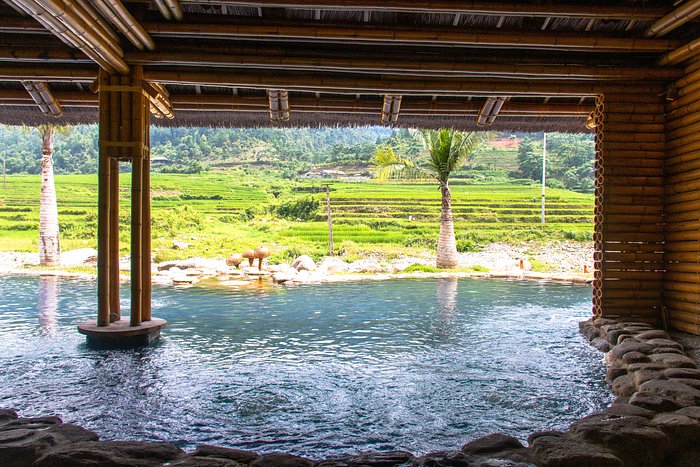
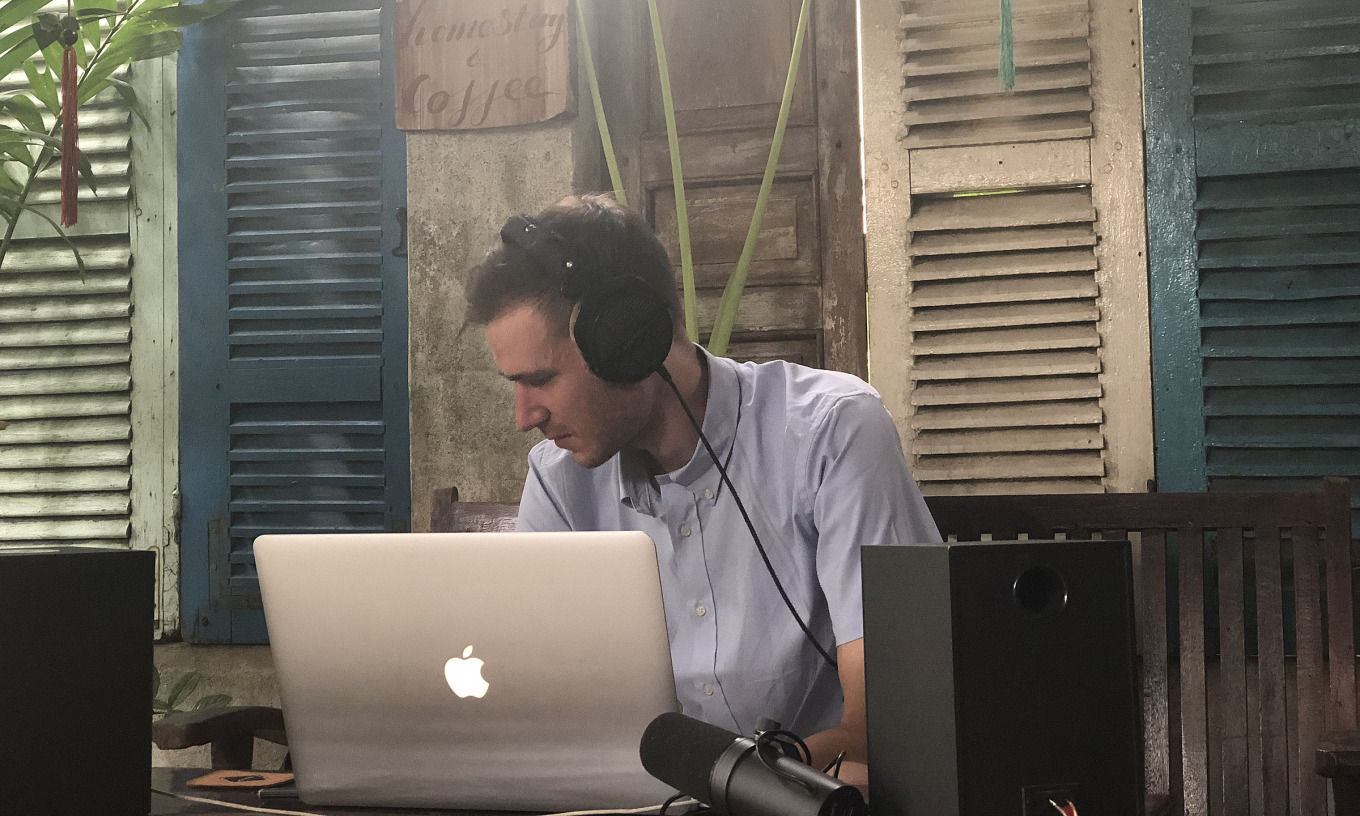
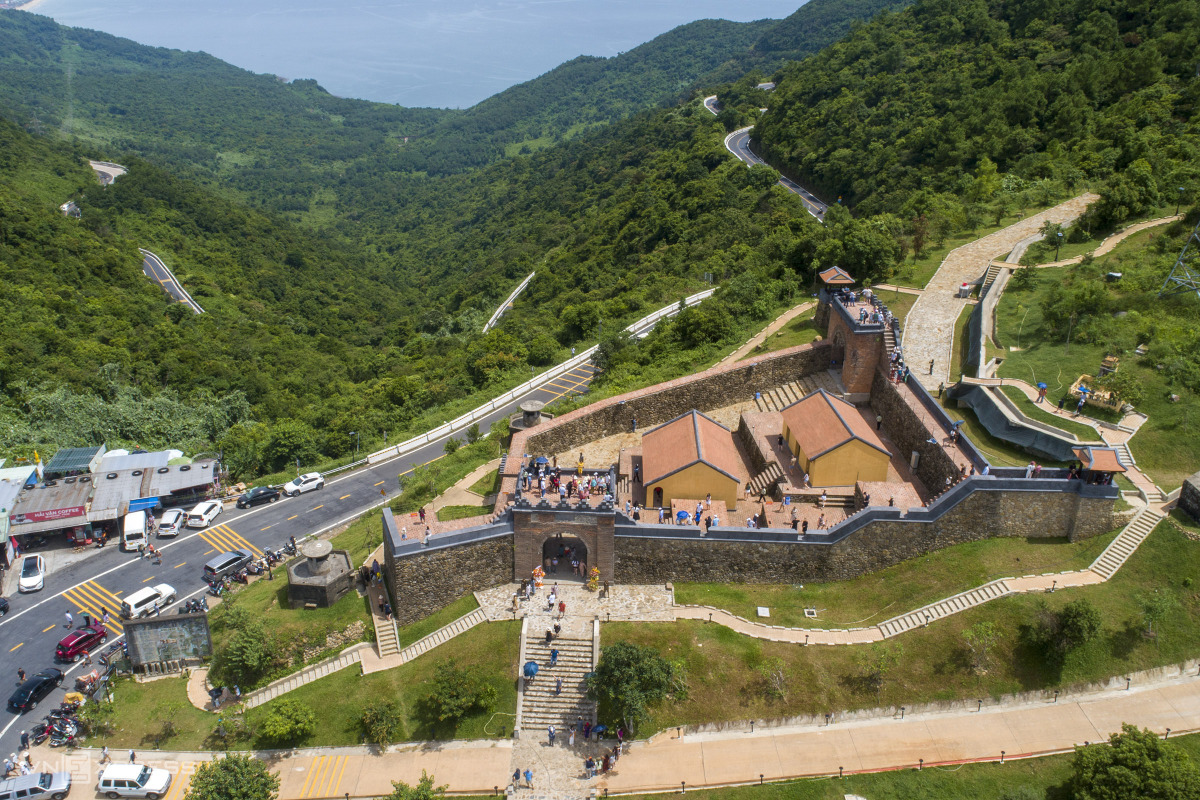

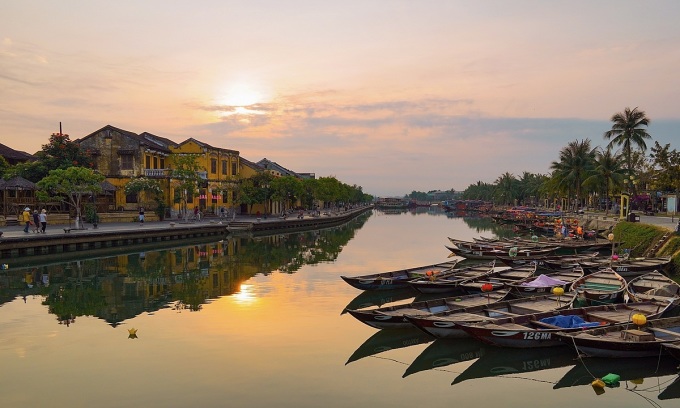
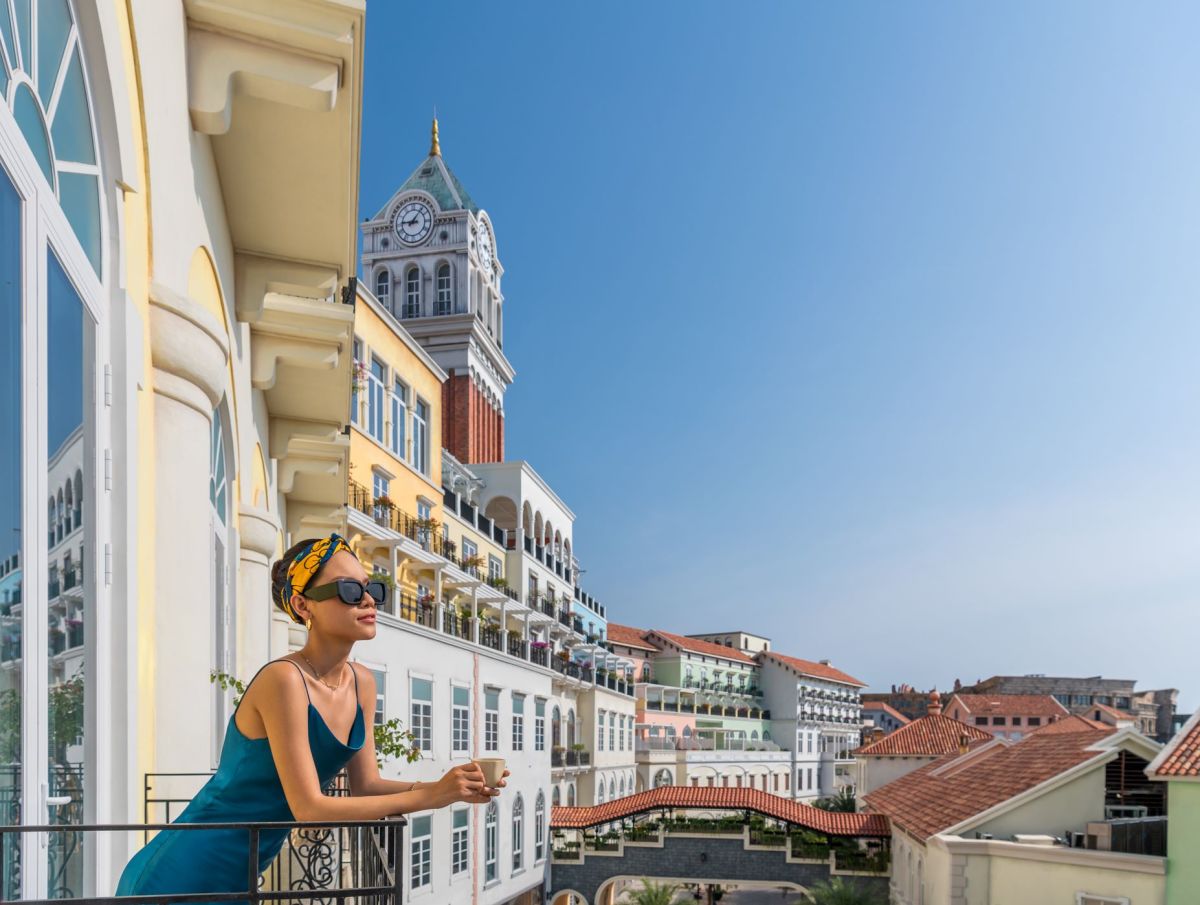
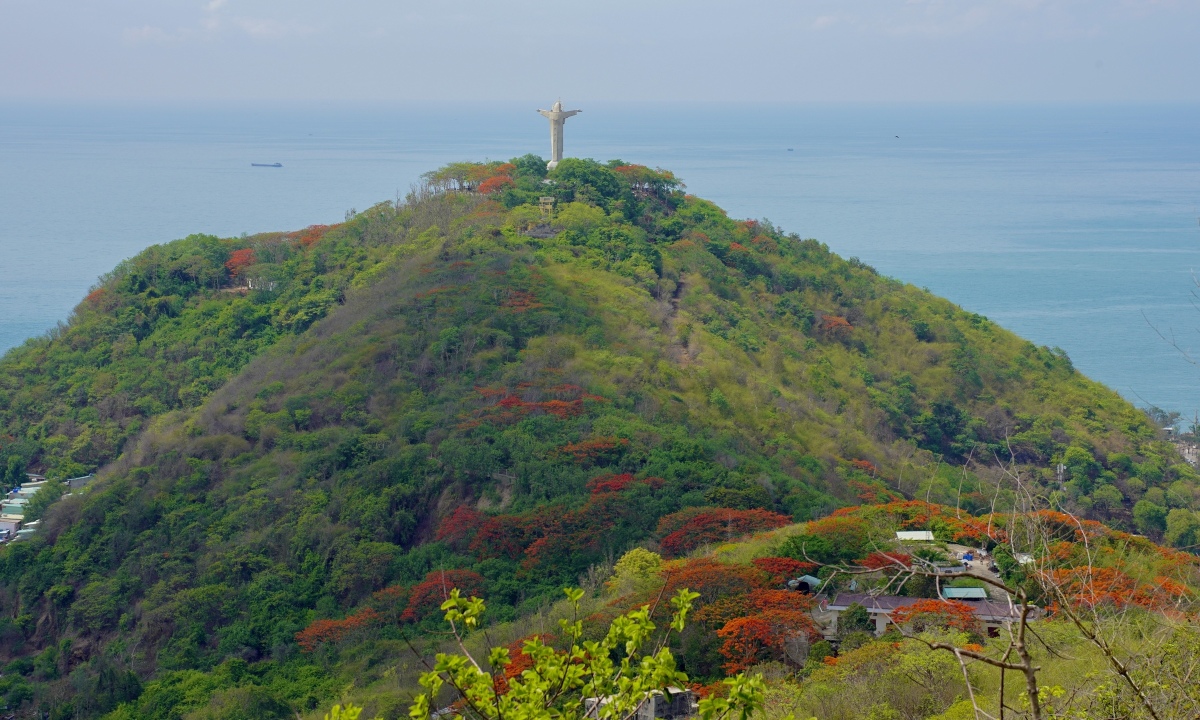
.png)



